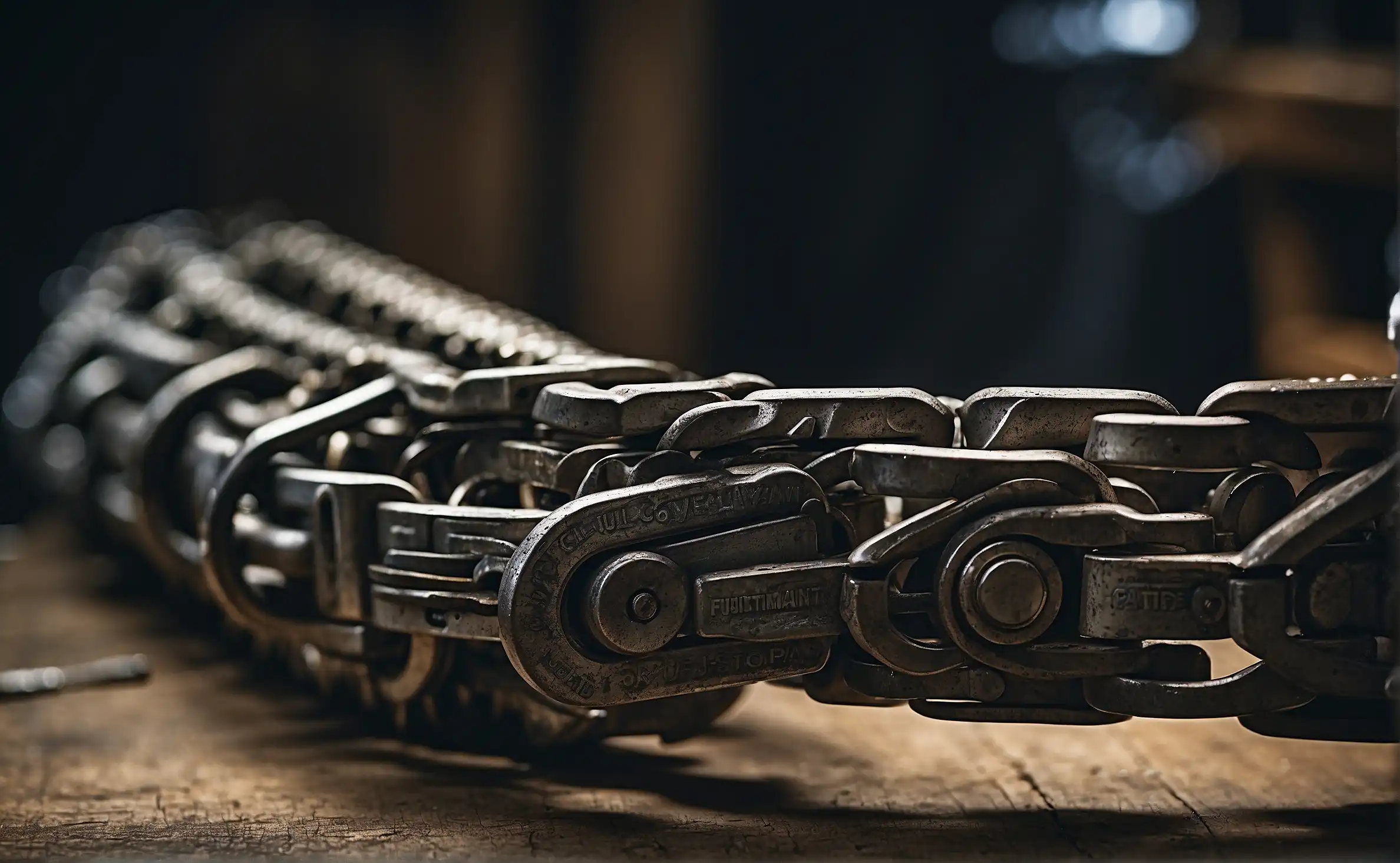To sharpen a chainsaw, use a file that matches the chain pitch. Common sizes are 5/32″, 3/16″, or 7/32″ depending on the chain specifications.
Expert advice on picking the right file size for optimal chainsaw maintenance. A well-maintained chainsaw can make all the difference when it comes to the efficiency and safety of your cutting tasks. A crucial aspect of chainsaw maintenance is sharpening the chain properly using the correct tools. In this in-depth guide, you’ll learn everything you need to know about selecting the right size file to sharpen your chainsaw effectively.
Understanding Chainsaw Chain Measurements
Before diving into file sizes, it’s important to understand the key measurements of a chainsaw chain. There are three main dimensions to consider:
- Pitch: The distance between any three rivets divided by two.
- Gauge: The thickness of the drive links, which fit into the chainsaw guide bar.
- Cutter Type: The shape and size of the cutter or tooth on the chain.
To find the right file, you’ll primarily need to consider the pitch and the cutter type of your chain.
Matching File Size with Chain Pitch and Cutter Type
Chain Pitch and Cutter Type determine the file size required for sharpening your chainsaw chain. The following table outlines the association between these measurements and the recommended file diameters:
| Chain Pitch (inches) | Cutter Type | File Diameter (inches) |
|---|---|---|
| 1/4″ | Standard | 5/32″ |
| 3/8″ Low Profile | Standard | 5/32″ |
| 0.325″ | Standard | 3/16″ |
| 3/8″ | Standard | 7/32″ |
| 0.404″ | Standard | 7/32″ |
Note: It’s important to refer to your chainsaw’s user manual or the chain’s specifications to ensure you’re choosing the correct file.
To know more: What Size Chainsaw File Do I Need
Using the File Correctly
Choosing the right file size is just the first step; using it correctly will guarantee a sharp and efficient chainsaw blade. Here are some tips:
- Hold the file at the correct angle, usually around 30 degrees to the bar, depending on the manufacturer’s specifications.
- File with steady, even strokes going away from your body.
- Each cutter should be filed with the same number of strokes to maintain an even length and sharpness across all teeth.
- Do not push down on the file. Use the weight of your hands to apply adequate pressure.
Remember, safety comes first—always wear protective gloves when sharpening your chainsaw.
Additional Tools for Sharpening
While the file is the key tool for sharpening, some additional tools can help you maintain the perfect edge:
- File Guide: Helps maintain the correct angle and depth.
- Depth Gauge Tool: For checking and setting the correct height of the depth gauges.
- Filing Vise: Holds the chainsaw in place while sharpening.
Combining these tools with the correct file will make sharpening your chainsaw’s chain more efficient and accurate.
Conclusion
Sharpening your chainsaw regularly is crucial to its performance and longevity. By understanding your chain’s specifications and choosing the correct file size, you’ll ensure your chainsaw is always in top cutting condition. With practice, sharpening your chainsaw will become a quick, safe, and satisfying part of your routine tool maintenance.
Stay connected with Chainsaw Hive for more chainsaws information.
